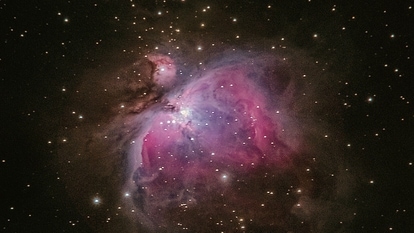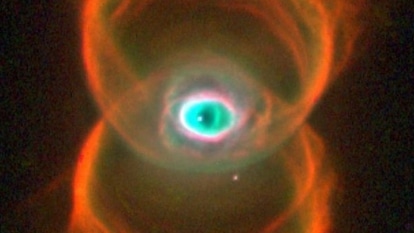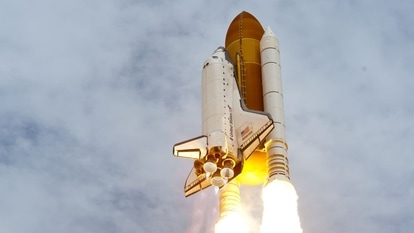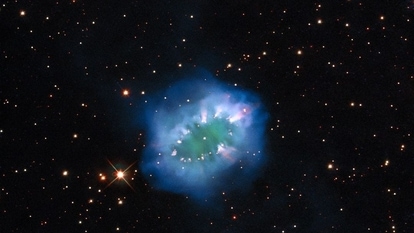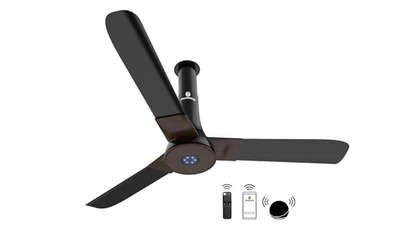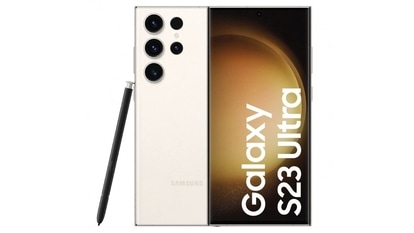Solar storm set to strike Earth in just a few hours, says NASA; Know the danger
NASA models have shown that a solar storm will strike the Earth in just a few hours. It is being caused by one of the numerous solar flare eruptions that took place recently. Check details.

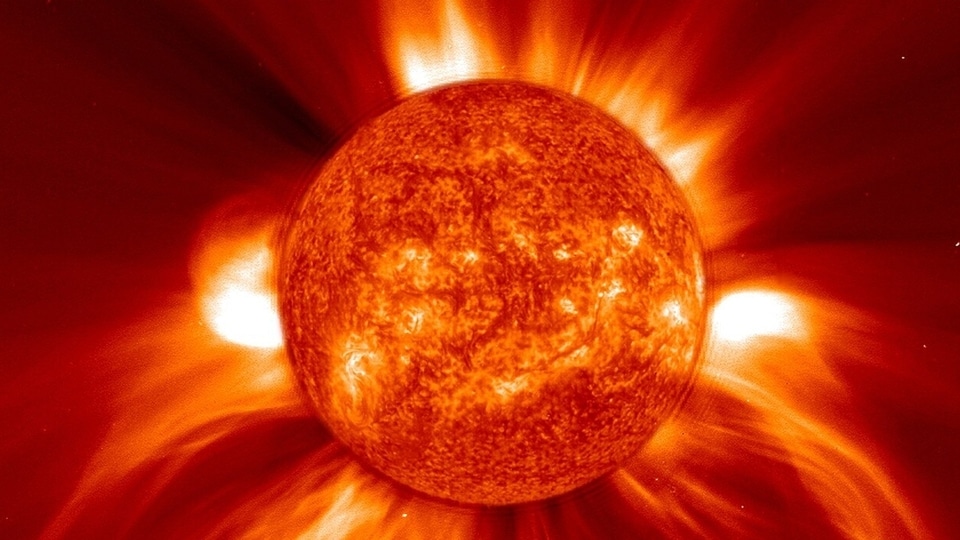
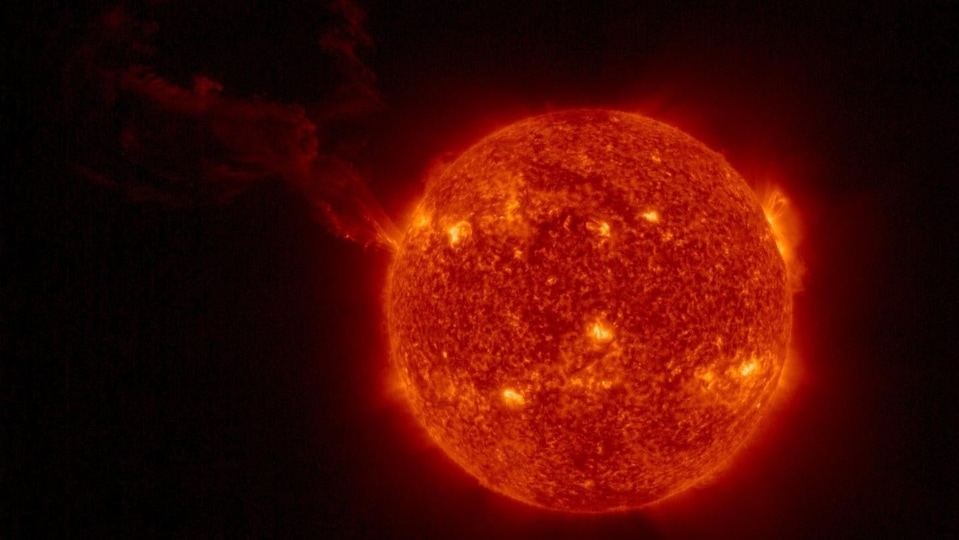
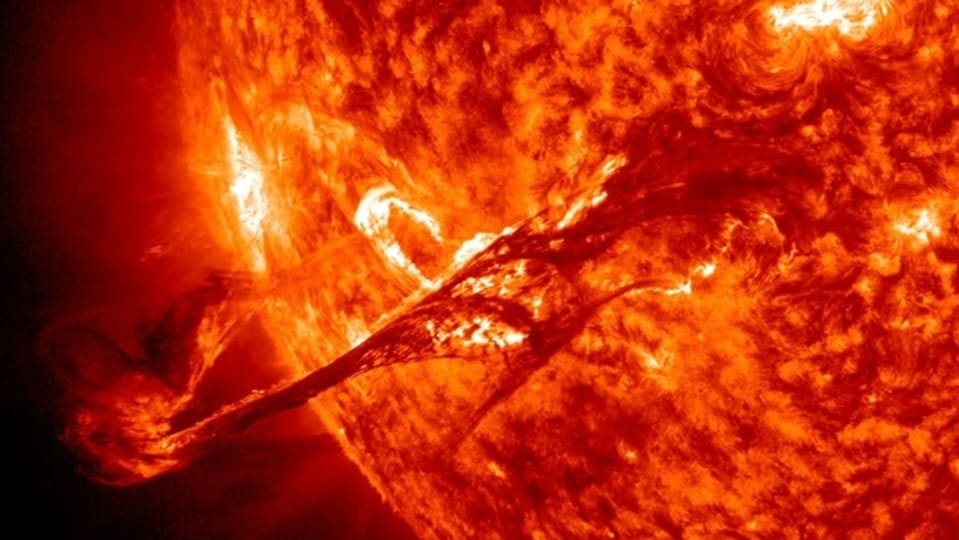
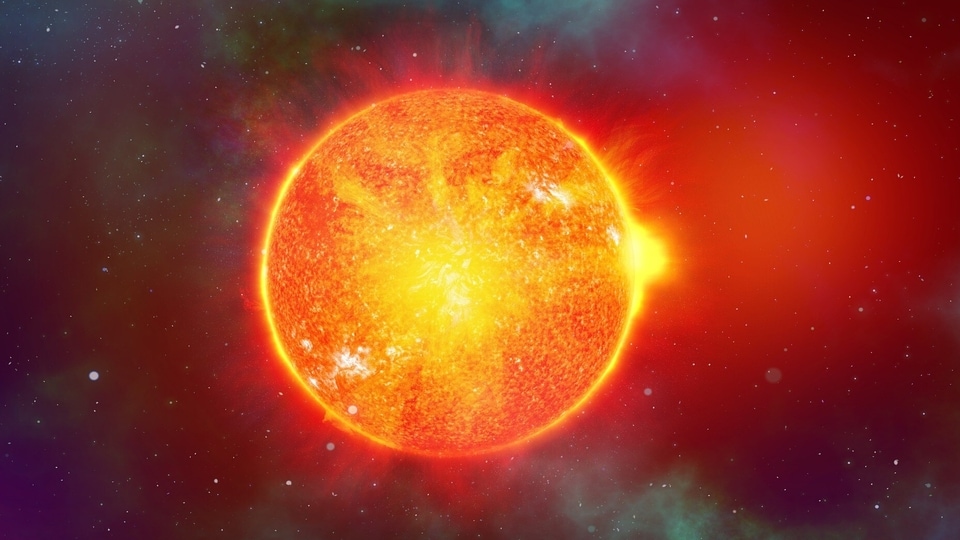
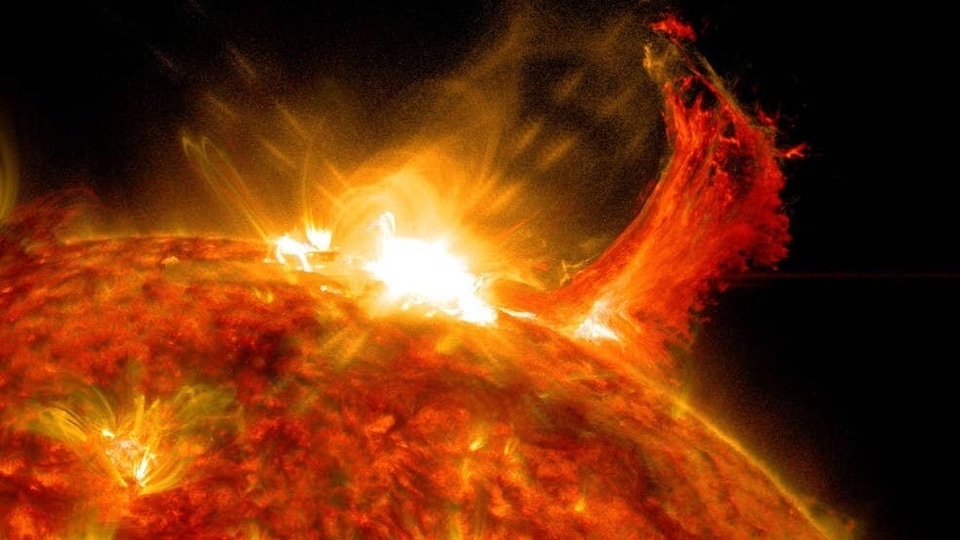
 View all Images
View all ImagesRecently, the European Space Agency (ESA) revealed details about a 2021 solar storm that was so massive that it struck the Earth, the Moon, and Mars at the same time. Luckily, that event did not impact our planet adversely, but in a few more hours, another coronal mass ejection (CME) is expected to strike us, and it can spiral into a dangerous solar storm if other circumstances favored this magnetized cloud of solar particles. According to NASA models, the storm can arrive near midnight today, August 4. Let us take a look.
According to a report by SpaceWeather.com, “Later today, a CME is expected to hit Earth, possibly sparking G1-class geomagnetic storms. It was hurled in our direction by one of many M-class solar flares earlier this week; no one is certain which one. NASA and NOAA models agree that the CME should arrive near the UT midnight boundary between Aug. 4th and 5th”.
Solar storm coming tonight
The CME that is headed for the Earth was part of a series of M-class solar flare eruptions that took place on August 1. It was reported at the time that a particularly notorious sunspot was exploding every 3 hours, sparking a rolling series of shortwave radio blackouts on Earth.
While the storm that will hit us is expected to be a minor one, the right circumstances can make things worse for us. For instance, the presence of solar winds and co-rotating interaction region (CIR) will allow these particles to escape the magnetosphere of Earth and enter the lower atmosphere. That can exponentially increase the overall impact of this storm. In the worst-case scenario, small satellites can be damaged, wireless communication such as GPS and mobile networks can be interrupted, the internet can be disrupted, and ground-based electronics can be overloaded.
However, it is too early to be worried. For now, both NASA and the National Oceanic and Atmospheric Administration (NOAA) are tracking this CME and will keep updating based on the severity of the situation.
How NASA SOHO watches the Sun
NASA's SOHO (Solar and Heliospheric Observatory) is a satellite that was launched on December 2, 1995. It is a joint project between NASA and the European Space Agency (ESA) to study the sun, its atmosphere, and its effects on the solar system. Equipped with 12 scientific instruments, such as Extreme Ultraviolet Imaging Telescope (EIT), Michelson Doppler Imager (MDI), LASCO (Large Angle and Spectrometric Coronagraph) and others, SOHO captures images of the sun's corona, measures the velocity and magnetic fields of the sun's surface, and observes the faint corona around the sun.
Catch all the Latest Tech News, Mobile News, Laptop News, Gaming news, Wearables News , How To News, also keep up with us on Whatsapp channel,Twitter, Facebook, Google News, and Instagram. For our latest videos, subscribe to our YouTube channel.



